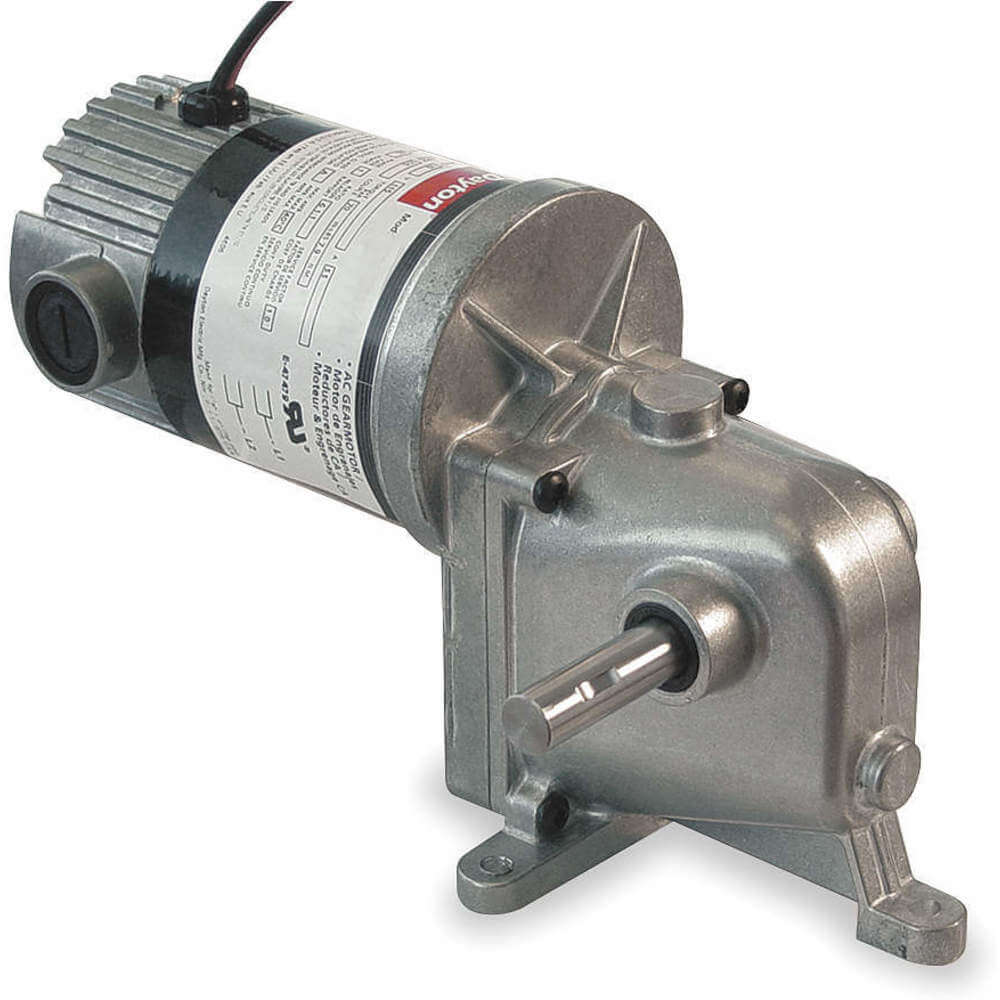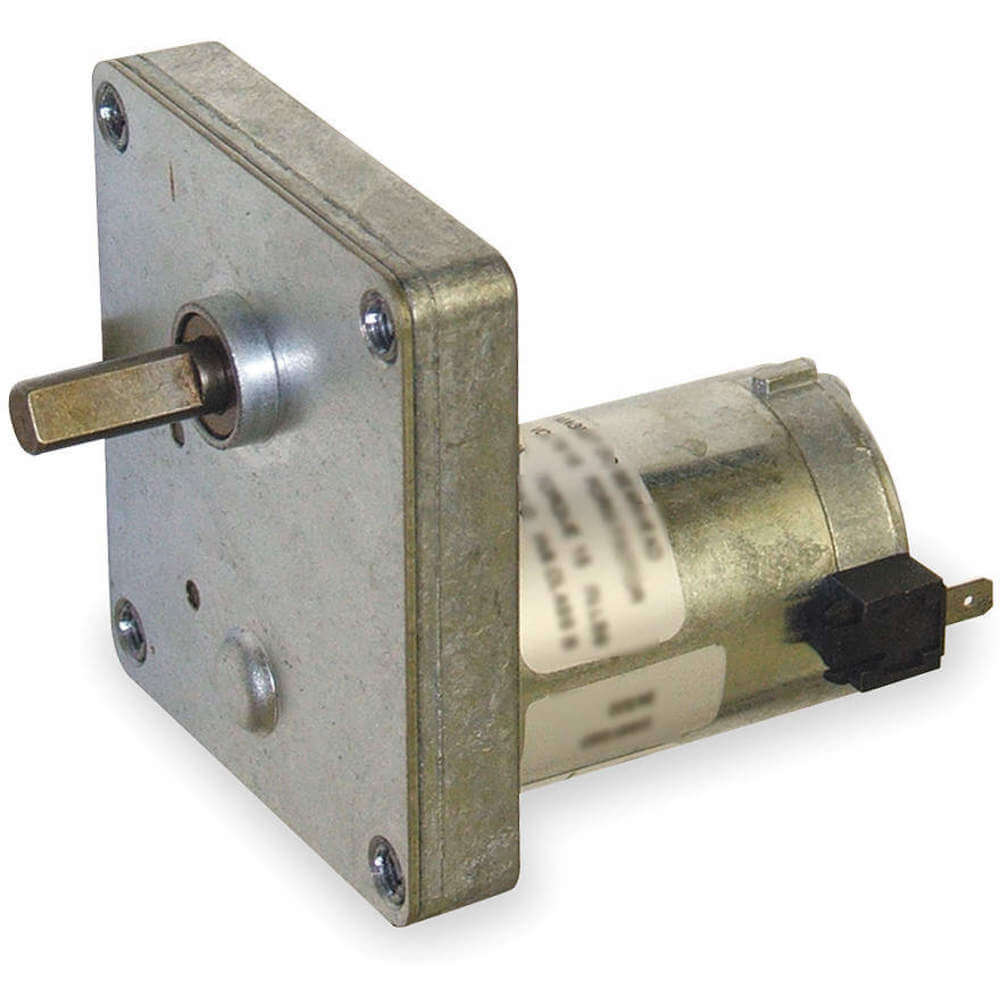Dayton 1LRB4 DC gearmotor is ideal for efficient power transmission and precise control by providing consistent torque and speed. This DC gearmotor is suitable for applications requiring controlled and precise movement and is ideal for automotive, robotics and more applications.
Working Mechanism:
- The gearmotor is linked to a DC power supply. Once activated, an electrical current courses through the motor's winding, generating a magnetic field.
- Within the motor resides an armature (rotating component) along with a commutator. The commutator, a split ring connected to the armature, reverses the current's flow direction within the armature windings.
- The magnetic field generated by the armature's current interacts with fixed magnets or field coils, propelling the armature's rotation and initiating mechanical motion.
- It is equipped with a series of gears connected to the armature shaft. The gearmotor reduces the armature's rapid rotation to a more controlled, slower pace. Concurrently, this action amplifies the torque output.
- The gear motor's output shaft links to the load or system needs to be moved. As the armature rotates, this motion transfers through the gear reduction system to reach the output shaft.
Frequently Asked Questions:
Q. What is the maximum temperature this Dayton permanent magnet DC gearmotor can withstand?
A. It can withstand an ambient temperature of up to 40 degrees C.
Q. How often does this Dayton 1LRB4 DC gearmotor require maintenance?
A. Maintaining the gearmotor on a routine basis is vital for achieving peak performance. Follow the manufacturer's guidelines to lubricate gears and bearings at regular intervals, which helps mitigate wear and promotes seamless operation.
Q. What factors should I consider when selecting a gearmotor for my application?
A. Take into account the torque demands, load attributes, speed requirements, voltage compatibility and environmental surroundings. Choose a gearmotor that aligns with the precise specifications of your application.
Q. Can I control the speed of this Dayton 90VDC gearmotor?
A. Yes, it is possible to modify the speed of the gearmotor by regulating the voltage supplied to it. Decreasing the voltage generally leads to a slower rotational speed, while increasing the voltage tends to yield a swifter rotation.
 Change Country
Change Country

